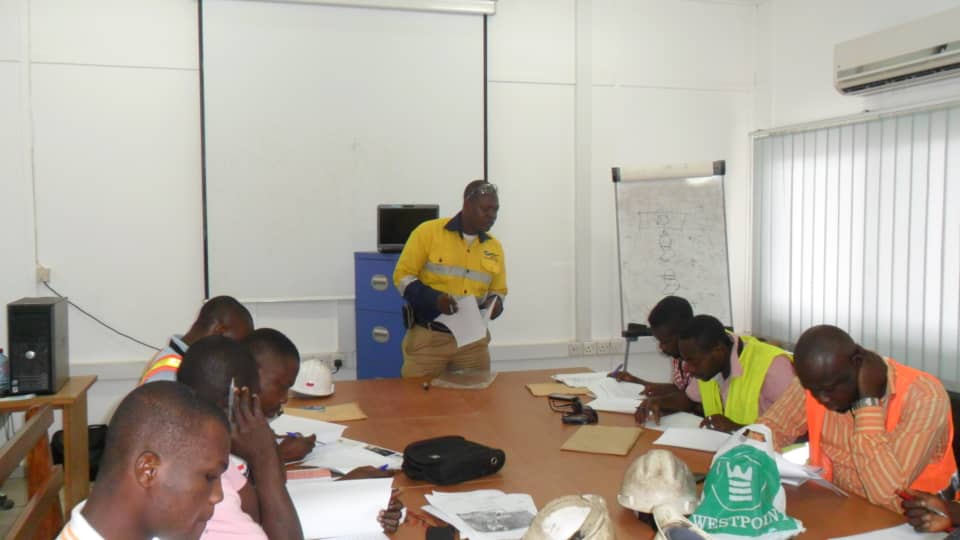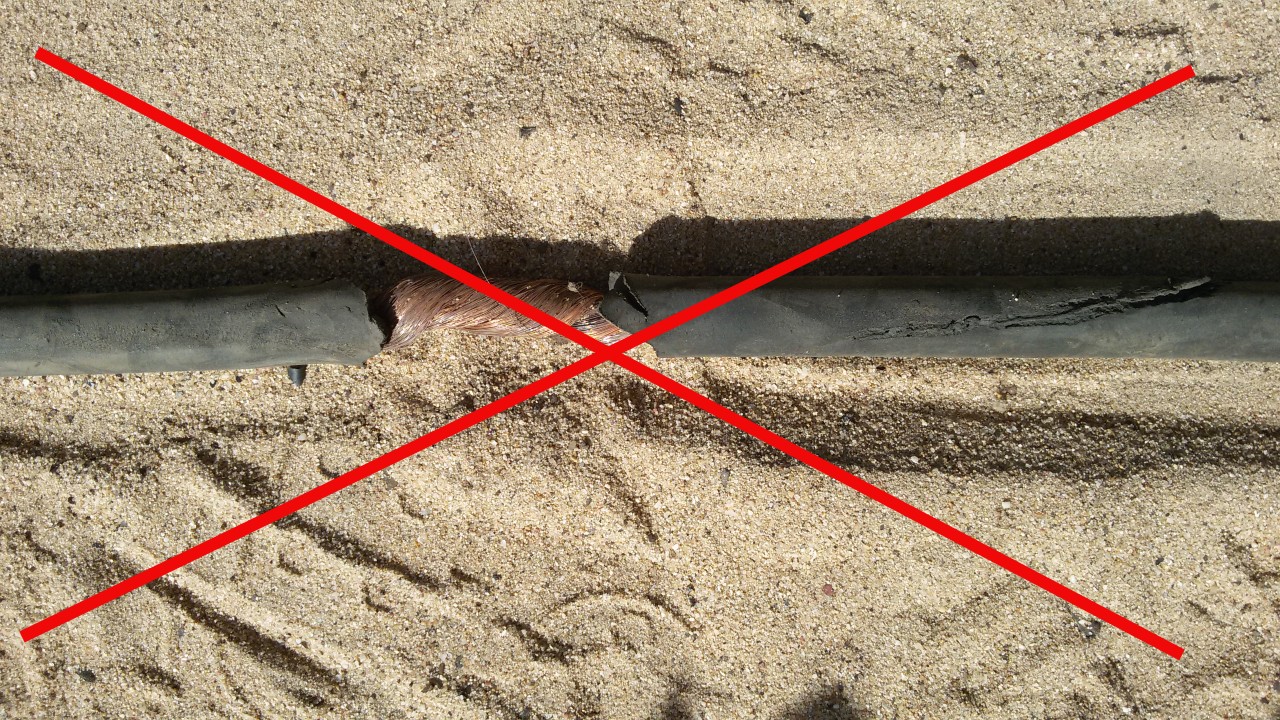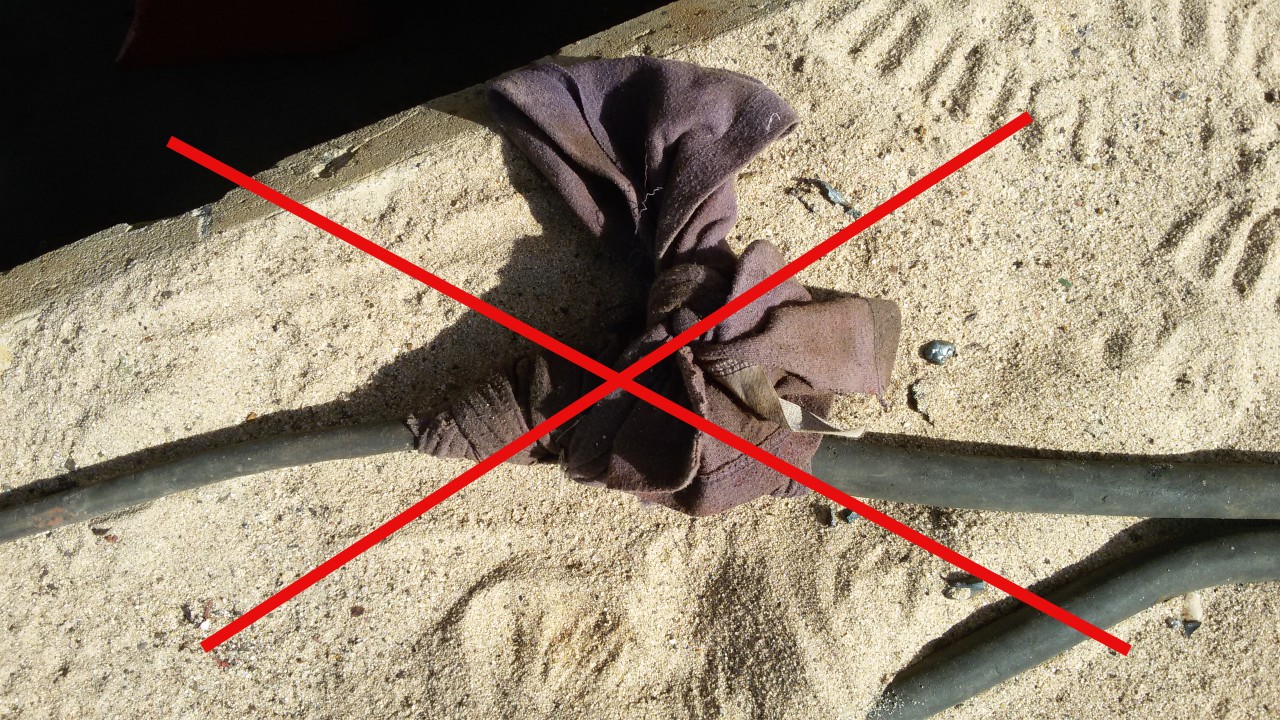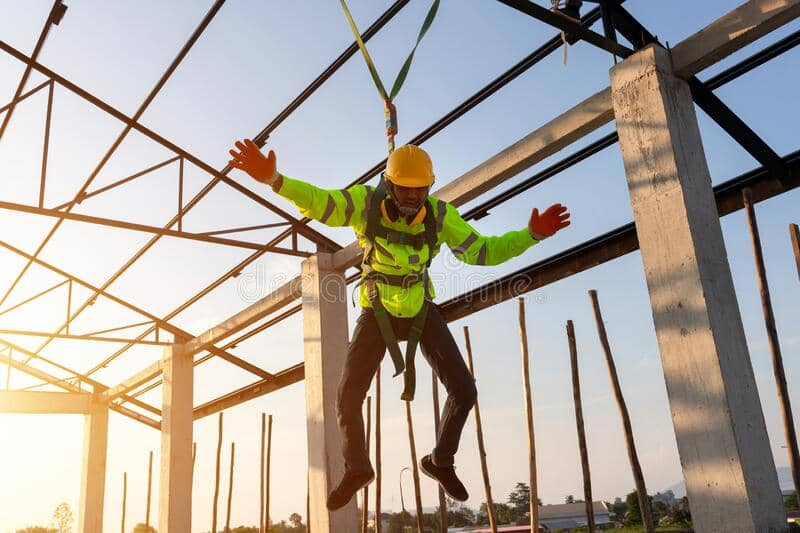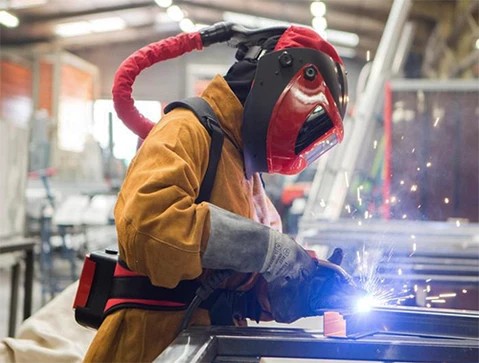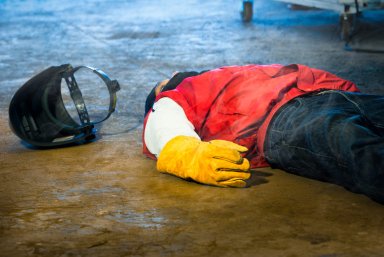Miller Ghana Ltd offers training programmes to the public:
The training is designed as a combination of hands-on welding experience. Our courses account for many individual skill levels and a great way to learn to weld for all levels of welding experience.
We offer:
IN-HOUSE TRAINING
This is a type of training that involves using a company's own expertise and company's resources. This is highly specific and geared toward employees learning the ropes of welding.
With our in-house training, it increase conveniency. We come to your site or company to train you on the ins and outs of welding.
Whatever information you want to know when it comes to welding will be made available
to you in your comfort of your zone.
SAFETY TRAINING
When it comes to welding, personal safety is not is a choice. As a welder, every decision you make should be guided by safety standards set in place. Safety is a key to having a long and successful career in the welding industry.
Here at Miller Ghana, we take extra precaution to ensure our welders-in-training are equipped with the knowledge and skills they need to be safe in the lab and workplace.
Welding can be a dangerous occupation when safety guidelines are not followed. If safety measures are ignored, welder can face a variety of hazards, including exposure to harmful fumes and gases, electric shock, fire and explosions and more.
At Miller Ghana, we provide safety training to where it is needed. Our safety trainings have helped many welders.
As mentioned, welders face a variety of potential hazards in the workplace. Some of the most common includes:
Electric Shock
A sudden discharge of electricity to the human body can lead to serious injuries and in some cases, even death. Electrocution can occur when a welder touches two metal objects that have a voltage between them, which is inserted into the electrical circuit. The higher the voltage, the higher the current, which leads to a higher risk for the welder.
Exposure to Fumes and Gases
Welding fumes contain a variety of potentially harmful metals, including aluminum, beryllium, arsenic, manganese and lead. Gases that contain nitrogen, carbon dioxide, argon, carbon monoxide and hydrogen fluoride are also often produced during welding.
When a welder is overexposed to these fumes and gases, this can lead to serious health problems such as impaired speech and movement, respiratory illness and even cancer.
Physical Injuries
Without wearing the proper PPE (personal protective equipment), welders can experience a variety of physical hazards, including eye damage, cuts, burns or even crushed fingers and toes. These injuries should be taken seriously, as they can put a welder out of work in some cases.
Fire and Explosions
A welding arc produces extreme temperatures and can spark fire and explosion hazards if safety procedures are not followed. While the arc itself can reach temperatures up to 10,000 degrees Fahrenheit, the most common cause of fire is when sparks and spatter come in contact with flammable materials around the work area.
These and many more are discussed in our safety training programme.
Some of our
training programmes includes the following:
Gas Metal Arc Welding
“The Gas Metal Arc process is dominant today as a joining process among the world’s welding fabricators. Despite its sixty years of history, research and development continue to provide improvements to this process, and the effort has been rewarded with high quality results. Gas Metal Arc Welding (GMAW), by definition, is an arc welding process which produces the coalescence of metals by heating them with an arc between a continuously fed filler metal electrode and the work.”
Gas Tungsten Arc Welding
“Gas Tungsten Arc Welding (GTAW) is an arc welding process that produces an arc between a no consumable tungsten electrode and the workpiece, creating a weld pool. The electrode, the arc, and the weld pool are protected from the atmosphere by a shielding gas.”
Shielded Metal Arc Welding
“Shielded Metal Arc Welding (SMAW) is an arc welding process that produces an arc between a consumable, coated electrode and the workpiece, creating a weld pool. The arc and molten weld pool are protected by shielding gas produced by the electrode coating. The electrode coating also contains flux that forms a protective slag over the weld. Alloying elements can also be added to the electrode coating to produce a weld bead with different chemical and mechanical properties to suit a variety of applications, making SMAW a versatile process.”
PIPE Welding
“Pipe is used for transporting fluids under low pressure, such as with crosscountry pipelines, and for transporting fluids under high pressure, such as in refineries and power plants.”
SOME BAD PRACTICES TO AVOID
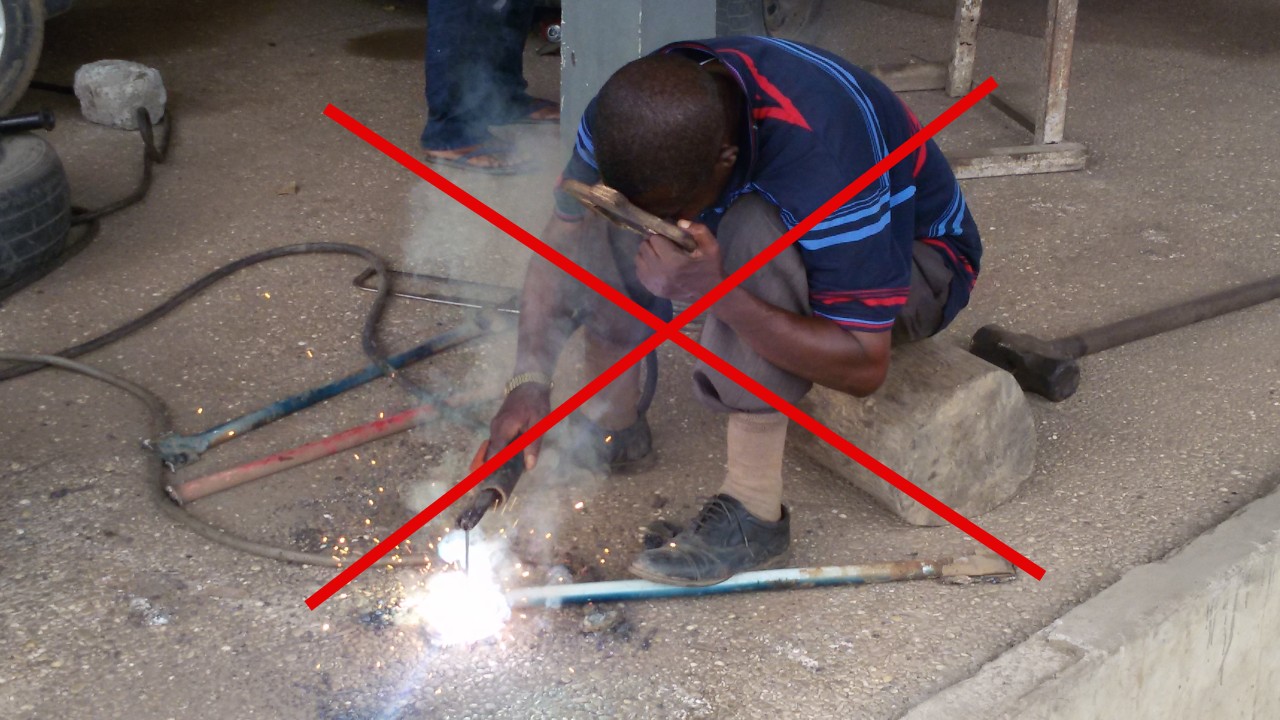
You need to wear protective clothes when welding. The gases are harmful which can cause you harm at the long run. You need not to be expose to the gases. Please wear protective clothes
anytime you engage in welding, wear safety glases, face shield or helmet, apparel and other protective clothes
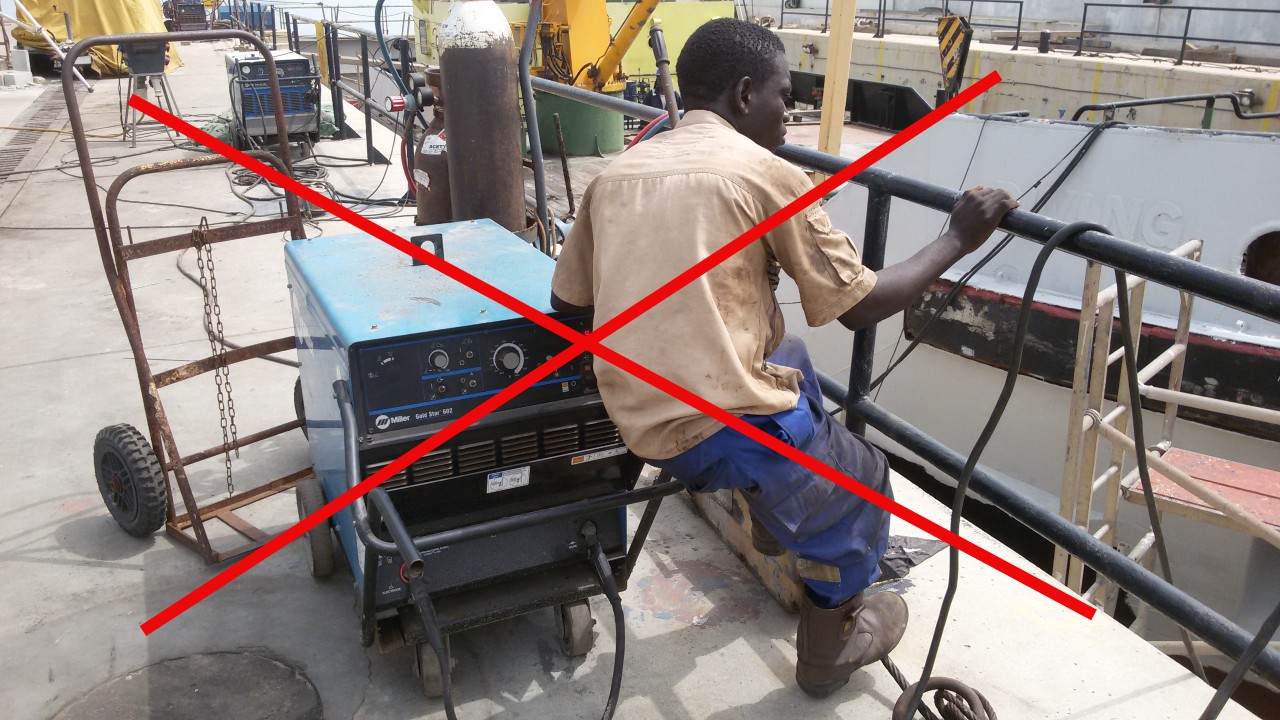
You are kindly adviced not to sit on welding machines, it can be dangerous, it can harm you at any time. Welding machines can cause electric shock and other injuries when not properly used well.
This a bad cable management, this cable is exposed and can cause harm to anyone at anytime when someone steps on it. Please when such occurances happens, kindly address to the situation and not leave it to
the bare floor like as it is depicted in the picture here. It can be very dangerous.
These and many more training programmes...
Please Contact us for more information about our training program.
Check more of our training pictures
PROJECTS

